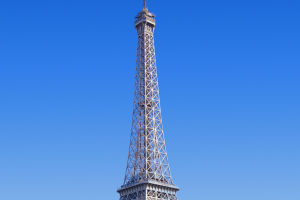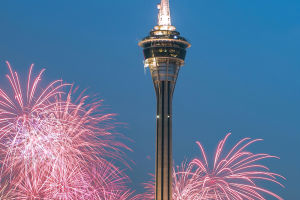We often say that there are two kinds of tea gardens, one is a place to grow tea, and the other is a place to drink tea for entertainment. Drinking tea is good for people's health. Its main functions are: fatigue, diuresis, detoxification and thirst, digestion and oil removal, lowering blood pressure, strengthening blood vessels, suppressing cancer, etc.
Selection of tea gardens.
The forests and vegetation around the tea garden are well preserved, and no factories, mines, workshops, and earth kilns that emit harmful substances are allowed within 5 kilometers.
Soil and water sources are not polluted. The tea garden is more than 1 km away from Daejeon and residential areas, and there is an isolation area.
It is advisable to choose a slope of less than 25 degrees, a soil layer thickness of more than 1 m, rich organic matter, a slightly acidic soil pH of 4.5 to 6.5, with available water and nearby resources, and convenient transportation to develop and construct tea gardens.
Tea garden farming.
Scientific and rational cultivation of tea garden is an important link to improve the yield and quality of tea. Due to the different tillage depths, tea garden tillage can be divided into two types: shallow tillage and deep tillage.
Charming Darjeeling tea plantation.
Of all the paradises in India, Darjeeling is one of the most refined in the country. A cup of Darjeeling tea is irresistible with its enticing aroma and enticing taste.
1.Puttabong Tea Garden.
One of the largest tea plantations in Darjeeling, Puttabong Tea Plantation is a magnificent garden. Located between 1500-6500 feet above sea level, it is also believed to be the first tea estate in Darjeeling tea estate history.
In addition, it was the first tea garden to use mechanical pruning machines and commercial trade.
2. Glenburn Tea Garden.
Glenburn Tea Garden. is a small paradise plantation established by the Scots in 1859.
The owners of the tea garden insist on providing visitors with a complete sensory experience, allowing them to not only sip tea in nature, but also stay in their luxurious villas. There will also be rich historical tours, delicious food and quiet walks.
3. Gopaldhara Tea Plantation.
Established in 1955, Gopaldera Tea Estate is the pinnacle of the finest Darjeeling teas. Darjeeling Tea Plantation not only produces high-quality tea, but also sells and distributes high-quality tea.
The tea garden covers an area of 320 hectares, of which 172 hectares have been planted with high-quality tea trees.
List of tea origins.
1. India.
Indian milk tea will add spices, such as ginger, cinnamon, etc., these spices have the effect of preventing heat stroke and repel cold.
2. Sri Lanka.
After the British introduced Assam and Darjeeling tea varieties to Sri Lanka, Sri Lanka's tea became famous all over the world. Among them, black tea is the most famous. Many world-renowned tea merchants have tea plantations in Sri Lanka.
3.Turkish.
Turkish black tea goes deep into Turkish culture.
4. Indonesia.
Indonesia has the largest Unilever brand Lipton Tea Plantation, supplying Lipton's needs around the world. Previously, Lipton owned three tea plantations around the world. After Australia and Vietnam closed, only Indonesian gardens remained.
Do you like drinking tea?


